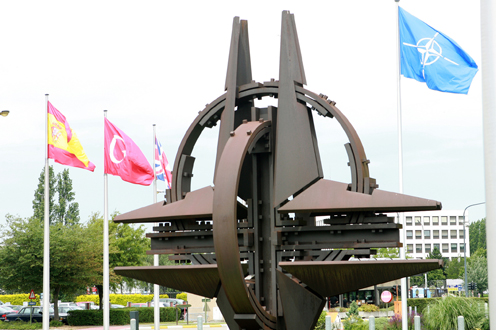Over 2,000 civilian and military personnel from the 28 allied nations are taking part in the 'CMX 2016' exercise, which will take place between 9 and 16 March. NATO partners, such as Sweden and Finland, as well as the European Union, are also involved.
In accordance with the declaration made at the Wales Summit, 'CMX 2016' will use a fictitious but plausible 'article 5 and article 4' type scenario focused on collective defence with challenges posed by threats from hybrid warfare, in which a wide range of both military and civilian measures will be adopted. It will require the practicing of integrated responses in a complex civilian-military scenario.
As on previous occasions, the exercise will not involve the deployment of troops on the ground and will be run from the Defence Control Centre located at the headquarters of the Ministry of Defence, from where links will be created to the various civilian and military cells taking part in the exercise.
The exercise will involve civilian and military authorities at various ministerial departments from the allied capitals, the NATO General Headquarters, its two strategic commands (ACO and ACT), its hierarchy of international forces, agencies and organisations, partner countries and the European Union, which is taking part as an observer and will provide active interaction and contributions.
'CMX 2016' is the 20th crisis management exercise conducted by NATO since 1992.
National involvement in 'CMX 2016'
Alongside the exercise designed by NATO, a crisis management exercise will be carried out at a national level from 10 to 15 March, which will be aimed at activating the National Security System and the resulting activation of ministerial coordination committees and cells under Law 36/2015, on National Security.
During the exercise, participants will be required to respond to various events that could potentially be declared of national security interest within the fields of maritime security, cyber-defence and public communication.
This will require the competent authorities to provide the necessary human and material resources which are available to them for the effective application of action mechanisms. Hence, the exercise will see the activation of the National Security Department Situation Room and the ministerial crisis cells of the Presidency, Foreign Affairs, Defence, Home Affairs, Public Works, Industry, Health and Agriculture.





